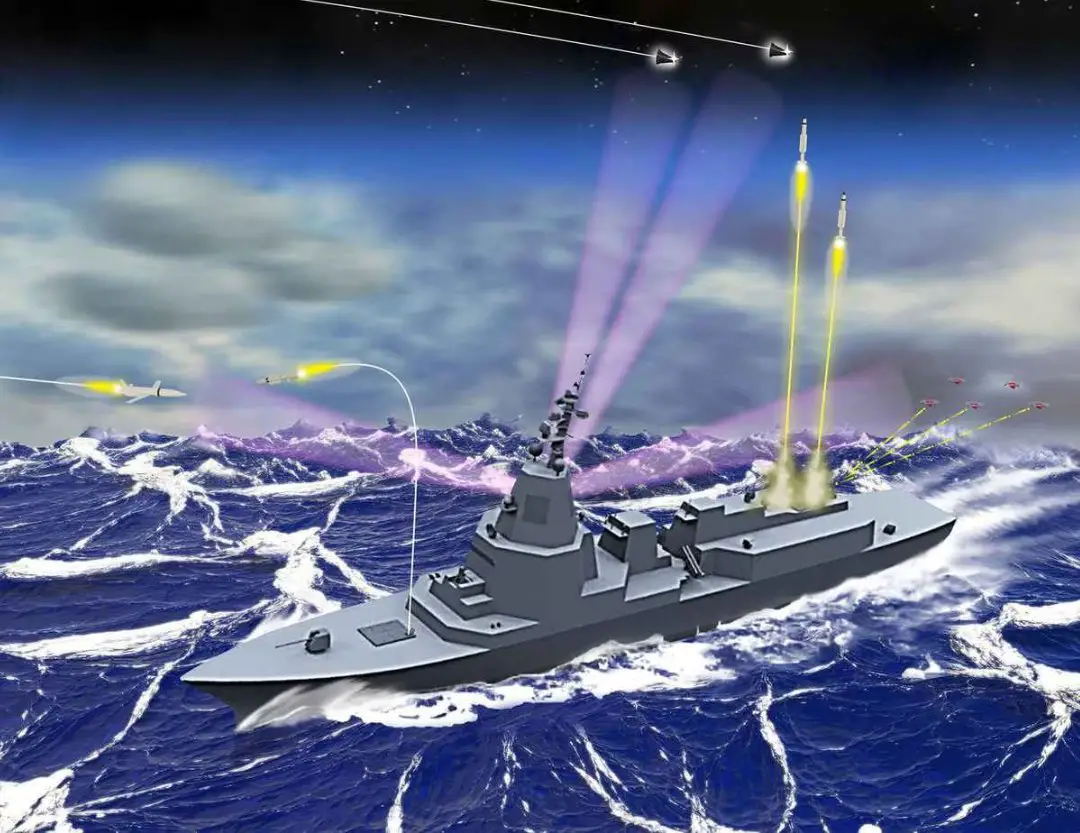Lockheed Successfully Tracks Space Objects With SPY-7 Radar
Lockheed Martin has successfully tracked space objects during the first live track demonstration of the AN/SPY-7(V)1 radar for Japan’s Aegis System Equipped Vessel (ASEV).
The tracking was performed at the company’s Production Test Center in Moorestown, New Jersey, marking the beginning of the radar system’s comprehensive performance testing.
The radar utilized Long Range Discrimination Radar technology to detect faraway objects.
Japan will equip two ASEVs with the SPY-7 system, with the goal of incorporating the technology as one of the country’s premier deterrence capabilities.
The radar will undergo further tests before being shipped to Tokyo.
“We use our proven integration and test process to fully test the capability of Aegis and SPY-7 prior to delivery to Japan,” Lockheed Multi-Domain Combat Solutions VP Amr Hussein shared.
“This vigorous testing regimen minimizes risk and ensures that Japan will receive a fully integrated and calibrated system as quickly as possible,” he added.
The SPY-7 Radar
Designed to detect, track, and engage sophisticated ballistic missiles and other threats on land, air, and sea, the SPY-7 is a modular and scalable radar capable of interacting with other radar systems and platforms.
Lockheed announced its incorporation into two Aegis Ashore installations in Japan in 2019, describing the capability as a tool for “continuous surveillance and protection over the Pacific.”
It has proven its interoperability with systems such as the Missile Defense Agency’s Long-Range Discrimination Radar, the US Navy’s F-110 frigates, and Canada’s single-class surface combatants.
The Aegis-Equipped Vessels
The Japanese Ministry of Defense revealed plans for the ASEVs in 2022, allotting 1 trillion yen ($7.1 billion) for the program.
Its 689-foot (210-meter) long and 130-foot (40-meter) wide build makes it the defense force’s largest ship.
The first unit is scheduled to be commissioned by 2027, followed by the second ship the next year.












